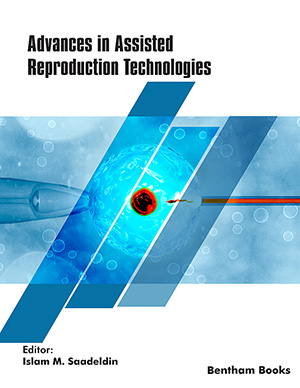Abstract
Background: The cultivation stage of a microalgae-based process has the highest energy burden, and a significant portion of this consumption is related to bioreactor aeration. Thus, the objective of this work was to assess the aeration energy requirements in heterotrophic microalgal bioreactors applied to poultry and swine slaughterhouse wastewater treatment.
Methods: The experiments were performed in a bubble column bioreactor, operating at 25ºC, pH of 7.5, 100 mg/L of inoculum, absence of light and flow rate per unit volume (Q/V) of 0.5, 1.0 and 1.5 VVM (volume of air per volume of wastewater per minute). Based on this, experimental data estimated the aeration energy requirements and the net energy ratio of the system.
Results: The results showed slight performance gains in cell growth and substrate consumption in flow rates per unit volume of 1.5 VVM. A markedly similar behavior was observed under the conditions of 0.5 and 1.0 VVM. Thus, Q/V of 0.5 VVM can be considered the equilibrium condition (kinetic performance vs energy consumption) for the operation of bioreactor.
Conclusion: Based on experimental data, a power density of 9.68 W/m3 was estimated for the treatment of agroindustrial wastewater, resulting in a positive energy balance (NER>1).
Keywords: Microalgae-based process, Phormidium autumnale, heterotrophic cultivation.



























